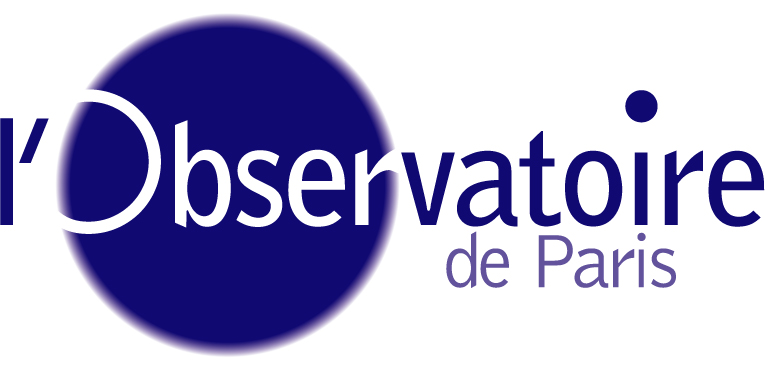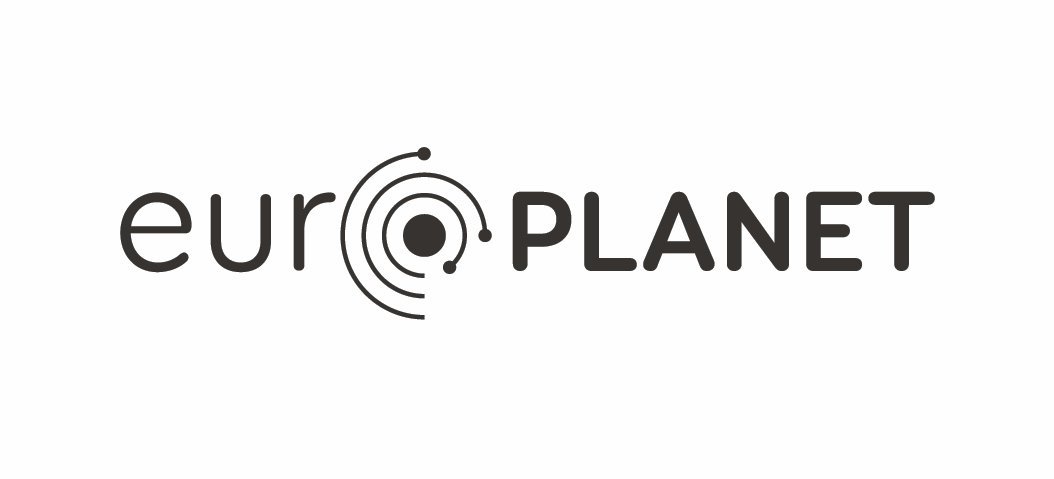VESPA EPN2024 heritage
VESPA has been developed in the context of successive EU-funded Research Infrastructure programmes Europlanet-2020-RI (2015-19) and Europlanet-2024-RI (2020-24), based on an assessment study in the Europlanet-RI (2009-2012) JRA4/IDIS work package.
| Main VESPA publications | |
|---|---|
| Erard S. et al (2023) | EPN-TAP: the VO standard to share and access Solar System data. Proceedings of PV2023 conference, 2-4 May 2023, CERN, Geneva. doi:10.5281/zenodo.10255586 |
| Erard S. et al (2020) | Virtual European Solar & Planetary Access (VESPA): a Planetary Science Virtual Observatory cornerstone. Data Science Journal, 19(1), 22. doi: 10.5334/dsj-2020-022 |
| Erard S. et al (2018) | VESPA: a community-driven Virtual Observatory in Planetary Science. PSS 150, 65-85. doi: 10.1016/j.pss.2017.05.013 |
| Europlanet-2024-RI pages | |
|---|---|
| Participants | In EPN2024 VESPA |
| Activity | In EPN2024 VESPA |
| Science themes | In EPN2024 VESPA |
| Data services | (both programmes) |
| AOs and workshops | In EPN2024 VESPA |
| Publications & presentations | In EPN2024 VESPA |
| Europlanet-2020-RI pages | |
|---|---|
| Participants | In EPN2020 VESPA |
| Activity | In EPN2020 VESPA |
| Science themes | In EPN2020 VESPA |
| Pre-H2020 services | Status of services and tools at the onset of the Europlanet-2020-RI program (2015) |
| AOs and workshops | In EPN2020 VESPA |
| Publications & presentations | In EPN2020 VESPA |
Europlanet-RI (FP7 programme)
| IDIS Planetary Dynamics node, EPN-RI |
Credits
If your research benefits from the use of VESPA, we would appreciate if you could include the following acknowledgement and reference in your publication:
"This research has made use of the VESPA portal and services (https://vespa.obspm.fr) funded by European Union's under grant agreement No 871149"
VESPA: A community-driven Virtual Observatory in Planetary Science. Erard S et al., 2018. doi: 10.1016/j.pss.2017.05.013
Please also acknowledge the original data providers.
Except where explicitly mentioned, data are distributed under Etalab Open License 2.0 (compliant with CC-BY 2.0 license).
The Europlanet 2024 Research Infrastructure project has received funding from the European Union's Horizon 2020 research and innovation programme under grant agreement No 871149.
The Europlanet 2020 Research Infrastructure project has received funding from the European Union's Horizon 2020 research and innovation programme under grant agreement No 654208.
This work used the EGI Infrastructure with the dedicated support of IN2P3-IRES and CESNET-MCC.
VESPA has first been designed in the frame of Europlanet-RI JRA4 work package (IDIS activity).
Additional funding was provided in France by the Action Spécifique Observatoire Virtuel and Programme National de Planétologie / INSU.
 |

|  |
 |

